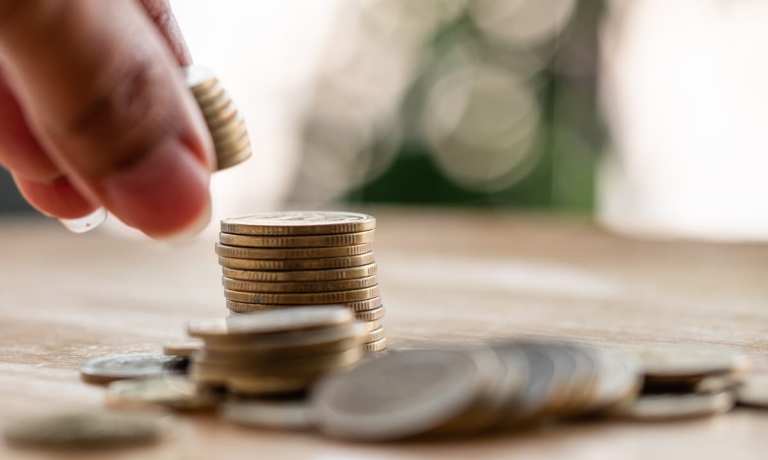
Retail sales, the nation’s broadest measure of consumer activity, fell 3 percent last month, contracting far more than economists were expecting while marking a stark slowdown from a spike in January that was fueled by $600 stimulus checks.
According to the latest Commerce Department report, the decline in February’s sales followed an upwardly revised 7.6 percent gain in January, which was originally reported as a 5.3 percent increase. Economists vastly underestimated the retreat and had forecast a 0.5 percent slide in sales for February.
The new report showed department stores had the biggest month-on-month decline in business, falling 8.4 percent, followed by a 7.5 percent drop in sporting goods, hobbies, music and books, a 5.4 percent drop in non-store or online sales, a 4.0 percent slump in cars and a 3.8 percent retreat in the furniture and home furnishings category.
Rising oil and gasoline prices last month led to the report’s only gaining segment of 13 major categories, with sales at gas stations rising 3.6 percent for the month.
Waiting For More Stimulus
While the February slump in retail sales, which account for as much as 50 percent of the U.S. economy, was remarkable, the response to it was also tempered given the fact that a third round of stimulus checks is currently being disbursed. The $1,400 checks are more than twice as large as the previous payouts and expected to provide a significant short-term jolt to the retail sector and the broader economy.
“With healthier and warmer days nearing, and generous stimulus checks on their way, consumers are poised to shake off the winter chills,” Lydia Boussour, lead U.S. economist at Oxford Economics in New York told Reuters. “This year, we expect the combination of an improved health situation and generous fiscal stimulus to fuel a consumer boom for the history books.”
Also on the horizon, improving COVID case counts due to continued vaccinations, as well as warmer weather and an early Easter holiday season, all of which should see consumers shopping again, both in-stores and online economists said.